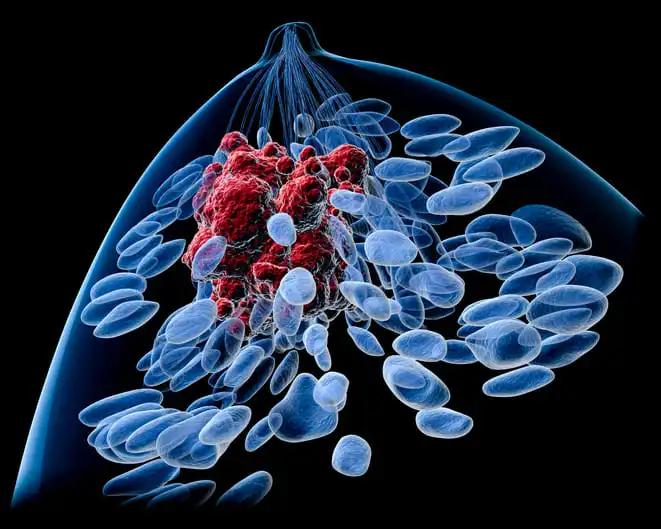KEY TAKEAWAYS
- The phase III EMERALD trial analyzed PROs in patients with ER+/HER2 – advanced or metastatic BC, comparing oral elacestrant vs SoC ET.
- Elacestrant and SoC delivered similar EORTC QLQ-C30 scores in terms of functionality and symptom scales.
- The study reported significantly prolonged PFS and a manageable safety profile with elacestrant vs SoC ET in pts with ER+/HER2− advanced or mBC following progression on prior CDK4/6i plus ET.
In the EMERALD study, patients (pts) completed 3 PRO tools, including the European Organization for Research and Treatment of Cancer Quality of Life Questionnaire-Core 30 (EORTC QLQ-C30), the PRO version of the Common Terminology Criteria for Adverse Events (PRO-CTCAE), and the EuroQoL 5 Dimension 5 Level (EQ-5D-5L), at specific intervals. The PROs tools completed vs. the PROs tools expected ratio was 80-90% through cycle 4. However, during Cycle 6, the rate dropped to 70%, which can be attributed to the pandemic.
Both elacestrant and SoC delivered similar EORTC QLQ-C30 scores regarding functionality and symptom scales. The PRO-CTCAE results indicate a significant reduction in very severe nausea (4.0% vs 14.3% by cycle 6) and very severe vomiting (9.1% vs 50% by cycle 6) among pts who received elacestrant as compared to those who received SoC. No significant differences were reported in adverse events (AEs) commonly associated with cancer patients on ET, such as fatigue, nausea, vomiting, joint and muscle pain, and hot flashes, across all time points.
The EQ-5D-5L scores indicate consistent similarity in both treatment groups. Elacestrant outperforms the SoC in enhancing mobility, self-care, and usual activities. These trends remained similar for the entire intent-to-treat population and pts with detectable estrogen receptor 1 mutations (ESR1m).
As per the analysis, there was no significant difference in the QoL between treatment groups in the EMERALD trial. Patients who received oral elacestrant treatment experienced a significantly longer PFS and favorable tolerance to the treatment. Results suggest that oral elacestrant could be a beneficial treatment option for pts with limited therapeutic alternatives.
Clinical Trial: https://classic.clinicaltrials.gov/ct2/show/NCT03778931
Cortes, J., Bidard, F.C., Bardia, A., Kaklamani, V.G., VLACHAKI, I., Tonini, G., Habboubi, N., Aftimos, P.G. Annals of Oncology (2023) 8 (1suppl_4): 101223-101223. 10.1016/esmoop/esmoop101223



